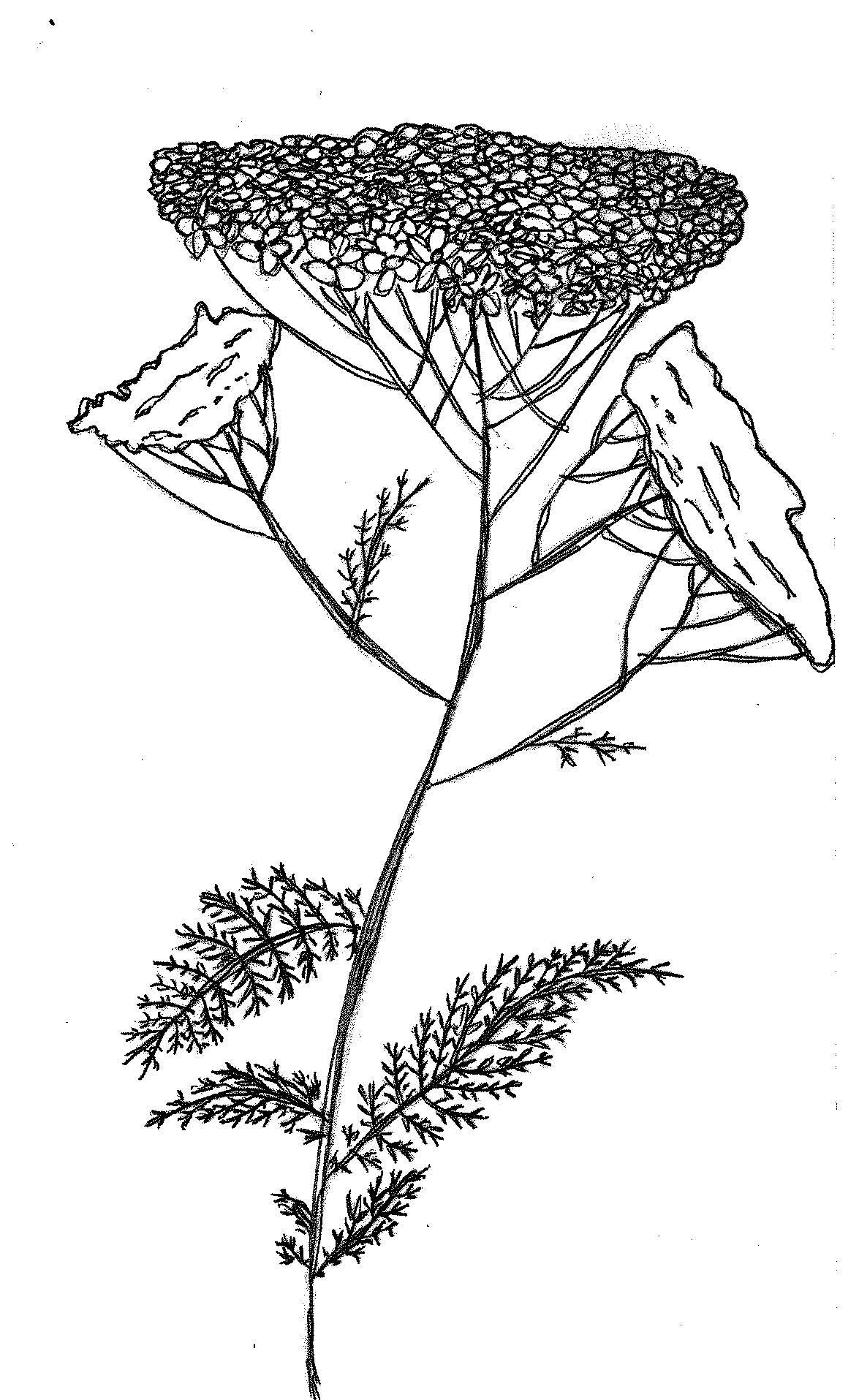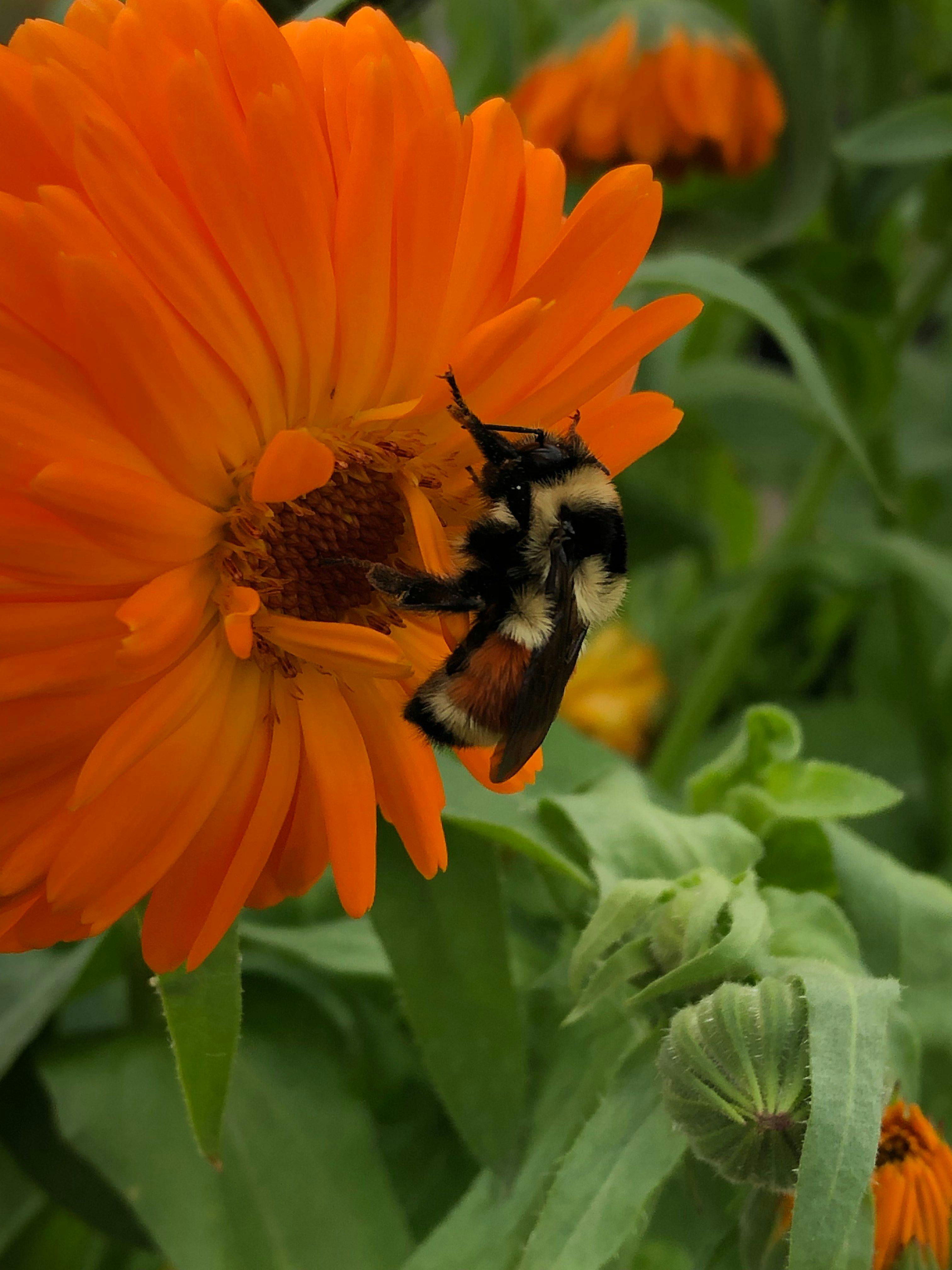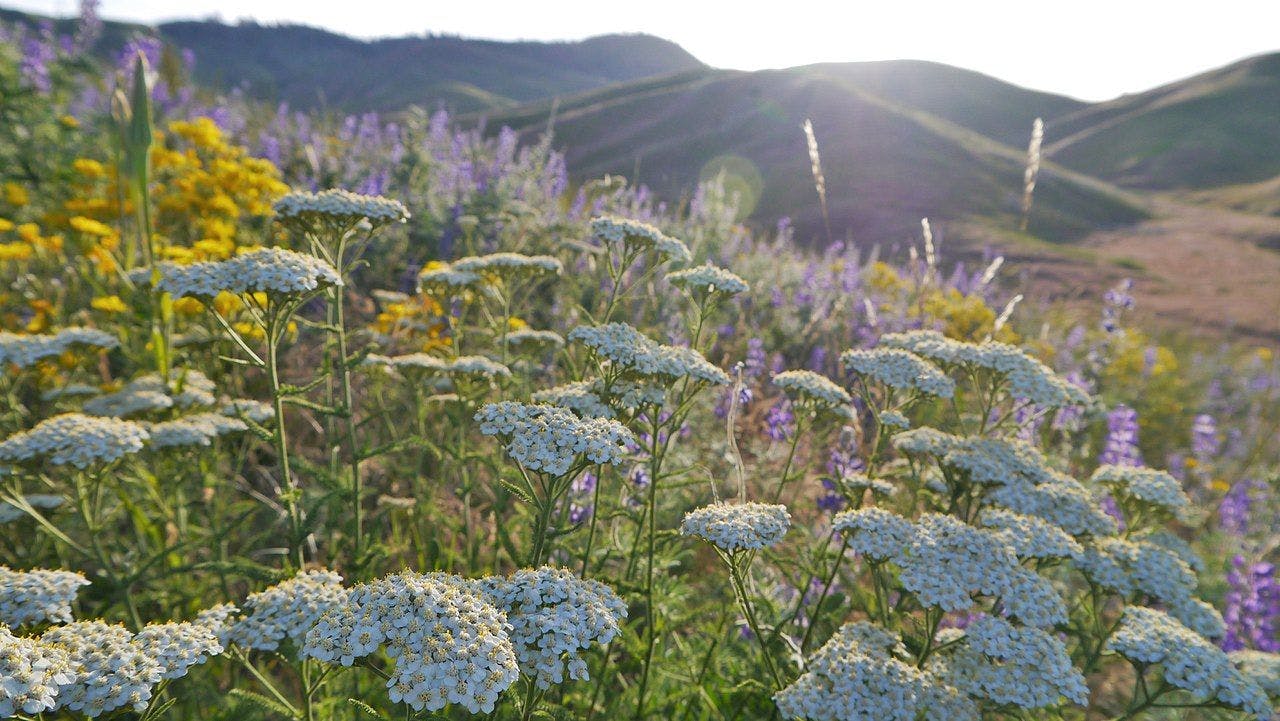Protocols are a pathway to building right relations between settler scientists and the indigenous communities where they conduct research. Knowing and following protocols are ways of showing respect and fostering trust, which serve as reminders of the connections between everyone and everything. As the Nuu-chah-nulth Nation has observed, "researchers are knowledge brokers... collectors of information and producers of meaning, which can be used for or against Indigenous interests" (2008, 1, 1.1). From the perspective of the Nuu-chah-nulth, who consider themselves protectors of their traditional lands and waters since time immemorial, as with many indigenous communities and nations, it is necessary for researchers to adhere to established protocols to ensure that their research is conducted in an appropriate and ethical manner (2008, 1, 1.4).
Protocols extend beyond human-to-human relations; they also provide ways of being in right relation with other beings. I have learned about protocols for working with plants from indigenous herbalists in the traditional lands of the Musqueam Indian Band and the Squamish and Tsleil-Waututh Nations. Yarrow in particular has become a special teacher of mine. Yarrow has expanded my understanding of protocols and their ability to build trusting relationships. Yarrow has reminded me of the web of connections within which everything lives.
The powerful medicine of yarrow (Achillea millefolium L.) brings together several important teachings for understanding relationships between people and their ecological and social environments. Yarrow supports the respiratory system and encourages deeper breath.1 The deepening of breath, as is known across many traditions, is a way to calm, slow, and center oneself, thus supporting the nervous system. The breath is one of the few nervous system functions humans can control, and breathwork is a useful tool in times of crisis, fear, and anger. Breath, as strengthened by yarrow medicine, indicates a relationship between humans, breathing, and the air. We might think of air in an ecological sense ‒ something to classify as polluted or pure, for example, or as the place where winged relations reside. Yarrow's support of the breath points to the connections between plants and humans in the most fundamental sense of the exchanges of carbon and oxygen necessary for the survival of both. However, while humans need plants to survive, the opposite is not also true. These teachings are just the beginning of the lessons to be learned from yarrow.
Plants are our oldest teachers.2 Paying respect to these teachers and expressing gratitude for the gifts they provide ‒ from the air we breathe to the provision of food and other life necessities ‒ I share these protocols that have been shared with me. They are an amalgamation of knowledge shared from Métis, Lakota, and Potawatomi worldviews that were gathered, translated, and shared on the unceded lands of the Musqueam, Squamish, and Tsleil-Waututh peoples in Vancouver, British Columbia.3 I call it a protocol for listening to yarrow, since the most important lesson I have learned is how to engage protocols to build ongoing relationships of listening as a practice of respect, compassion, and solidarity.

Protocols
- Introduce yourself. Begin by explaining who you are and your intentions for working with the plant. Sometimes I know exactly what I aim to use the plant for and sometimes I feel drawn to a plant and can't say exactly why. In these cases, it sometimes turns out that the medicine I make is intended for someone else, even though I hadn't known so at first.
- Maintain an ongoing conversation with the plants, ask questions and listen for their answers. Conversing with plants is not a familiar practice for many. I think of it as a form of meditation, sinking into my feelings in the presence of a plant. I might ask the plant a question and then try to feel for the answer. It is important to practice this conversing more from the heart or intuition than intellect.4 I remember two summers ago, I was stopped on a rural roadside to gather data for my research on the Trans Mountain Pipeline.5 I noticed a patch of yarrow growing nearby which caused me to consider the pipeline's path from northern Alberta, through Metro Vancouver, and carried by tankers out to sea. I realized how this yarrow, found along the entire pipeline route, might serve as a connective thread between places and politics. There was an unlikely companionship that had sprung up between the diluted bitumen that would soon flow through the pipe and Achillea millefolium. I asked this bunch of yarrow if it wouldn't mind traveling with me back to Vancouver as I mulled over those connections. I felt, more than I heard, a resounding yes.
- Harvest requires consent. Kimmerer tells us that we must ask a plant's permission before gathering and we must be prepared to listen to the answer (2013: 176). On a visit to my sister's farm in rural Manitoba, I noticed a lovely, abundant patch of calendula and hoped to harvest some. However, on the day we had set out to collect, my sister noticed an equally abundant number of bees enjoying the late season pollen and we could both hear the _no_ that sounded like a buzz.
- Be mindful of how much you gather. Métis herbalist Lori Snyder taught me of the "micro harvest," especially in urban settings where it only makes sense to gather a handful here and there. Sometimes a handful is enough but, if not, eventually handfuls add up. Kimmerer has shared her "Honorable Harvest" guidelines that she uses when gathering ‒ they are based, as she says, in both the realms of the physical and the metaphysical (2013: 175-201).
- Reciprocate. To properly acknowledge the gift of the plant medicine, a gift must be offered in return. In eastern regions of Turtle Island, tobacco may be offered. A few pieces can be placed amongst the crop being gathered as a demonstration of gratitude. But tobacco can be difficult to source further west, where it is not as commonly grown, so other offerings might include a piece of your hair, lavender, or a song. Especially if I have recently had a particular song stuck in my head, I'll consider that a suggestion to offer it to the plant. As long as a gesture of thanks is made and the offering holds special meaning to the one offering it, the spirit of the reciprocation will carry through and the medicine can be harvested in a good way.
Protocols are an important way to balance and nurture relations between communities of many kinds. Whether harvesting plants or engaging in research with an entire community or nation, protocols guide the process, support decolonization, and minimize appropriation. Protocols offer ways to strengthen all our relations, through listening. There are many relations that are in great need of healing, as this time of global climate and health crisis is revealing in the clearest ways. May we remember our human dependence on plants for survival and may this lead to the restoration of respectful relations between people and plants. May the particular medicine of yarrow restore within our lungs a deep breath that calms us and allows us to restore all our relations.

Suggestions for making yarrow tea 6
Use flowers and/or leaves, fresh and/or dried. Pour freshly boiled water over the plant parts and let steep for a minimum of five minutes and up to an hour or even overnight (you can reheat to a simmer if you choose these longer steeps). Once you have finished the first cup or pot of tea, re-use the plant pieces, steeping twice more before discarding.
References
Dhillon, J. 2018. Introduction: Indigenous Resurgence, Decolonization, and Movements for Environmental Justice. Environment and Society, 9(1), pp.1-5. Gray, B. 2011. The Boreal Herbal: Wild Food and Medicine Plants of the North. Whitehorse: Aroma Borealis Press. Kimmerer, R. W. 2013. Braiding Sweetgrass: Indigenous Wisdom, Scientific Knowledge and the Teachings of Plants. Milkweed Editions. Lawson, K. 2019. Acoustic Relations: pipelines, plant medicine, and sustainability in Vancouver, British Columbia. Ph. D. University of California, Santa Cruz. Nuu-chah-nulth Tribal Council Research Ethics Committee. 2008. Protocols & Principles for Conducting Research in a Nuu-Chah-Nulth Context. Pojar, J. and MacKinnon, A. 2004. Plants of the Pacific Northwest Coast. BC Ministry of Forests and Lone Pine Publishing. Turner, N. J. 2005. The Earth's Blanket: Traditional Teachings for Sustainable Living. Vancouver: Douglas and McIntyre Ltd.
Footnotes
-
Yarrow has been used by indigenous and settler groups across Turtle Island (North America) to tread a wide variety of illnesses through differing applications. Some of these applications include as sore throat gargle (Tsimshian), poultice (Haida), bronchitis medicine (Nuxalk), childbirth medicine (Ditidaht, Makah), sore throat/cough/cold treatment (Nuu-chah-nulth, Sechelt, Klallam), for headaches (Songish), as a styptic to stop bleeding (Saanich), to cure measles (Squamish), as a blood purifier (Cowichan), a bath for invalids (Swinomish), a general tonic and eyewash (Quinault), a stomach tonic (Squaxin), and diarrhea medicine (Skagit, Snohomish) (Pojar and MacKinnon 2004, 279). ↩
-
As distinguished biologist and Citizen Potawatomi Nation teacher Robin Wall Kimmerer tells us (2013, 213). ↩
-
Thank you to my local teachers, Bear Twofeathers, Black Bear Warrior, and Lori Snyder in Vancouver. Thanks also to the teachings and scholarship of Dr. Nancy J. Turner and Dr. Robin Wall Kimmerer whose work has greatly influenced mine. ↩
-
As Kimmerer says, “I must use both sides of my brain to listen for the answer,” (2013, 178). ↩
-
See Lawson 2019 for more on the Trans Mountain Pipeline. ↩
-
In her book The Boreal Herbal, Beverley Gray notes yarrow’s many medicinal qualities that make it effective in the treatment of colds and flus ‒ it “helps eliminate toxins and promotes perspiration, thereby helping break up colds and flu...Ingest yarrow tea the minute you feel a cold coming on and it may help to stop the cold from taking hold,” she suggests (2011, 180). ↩

